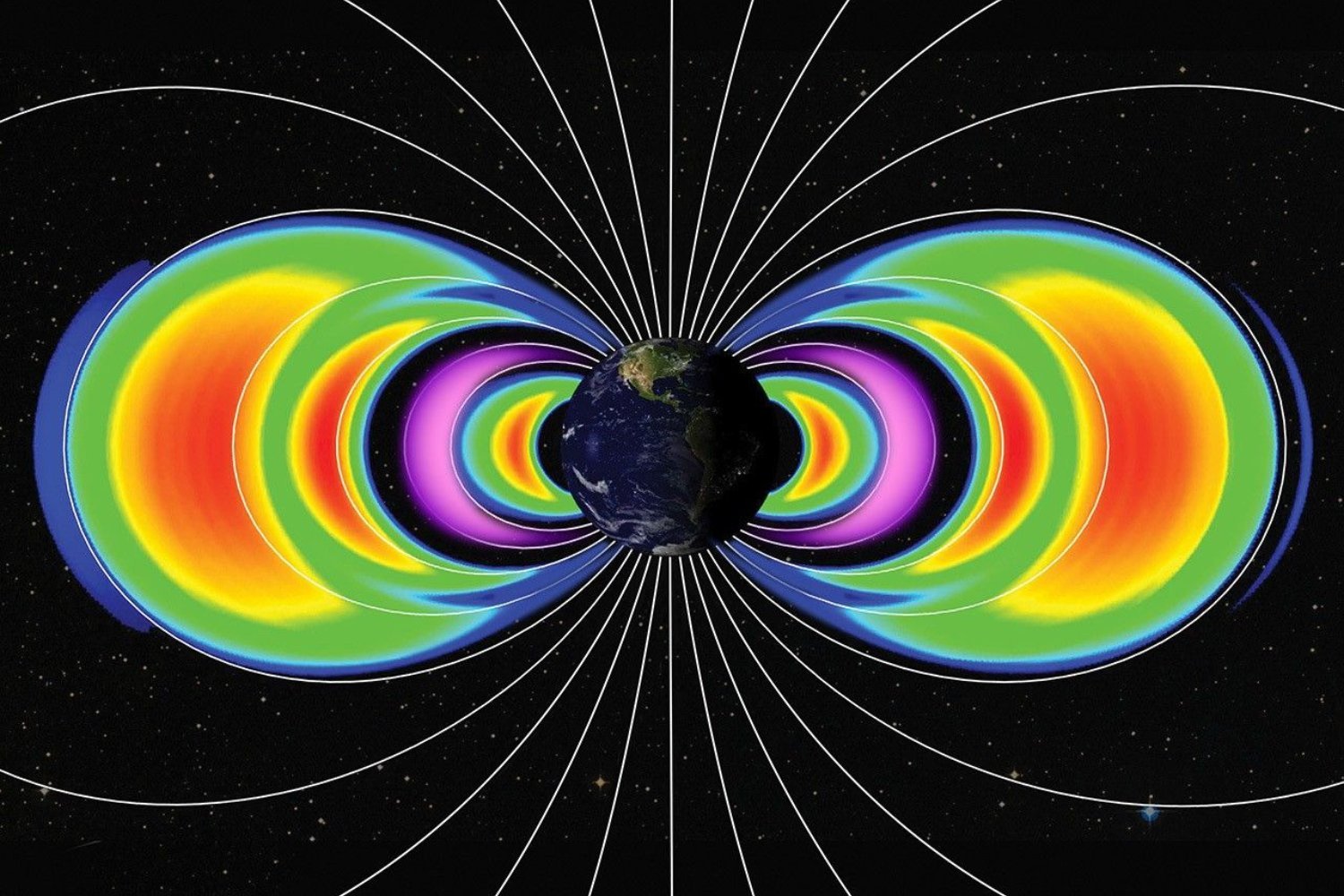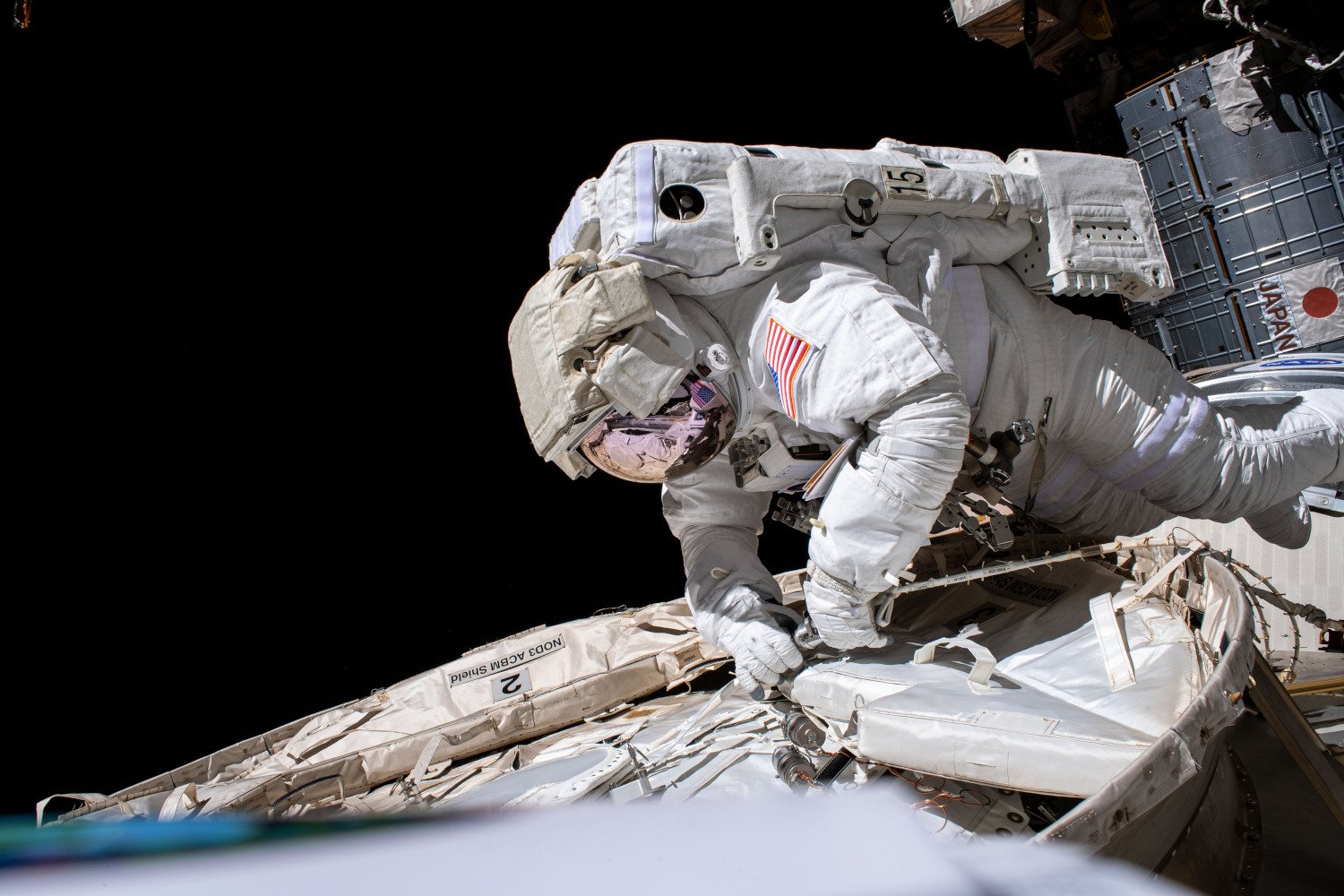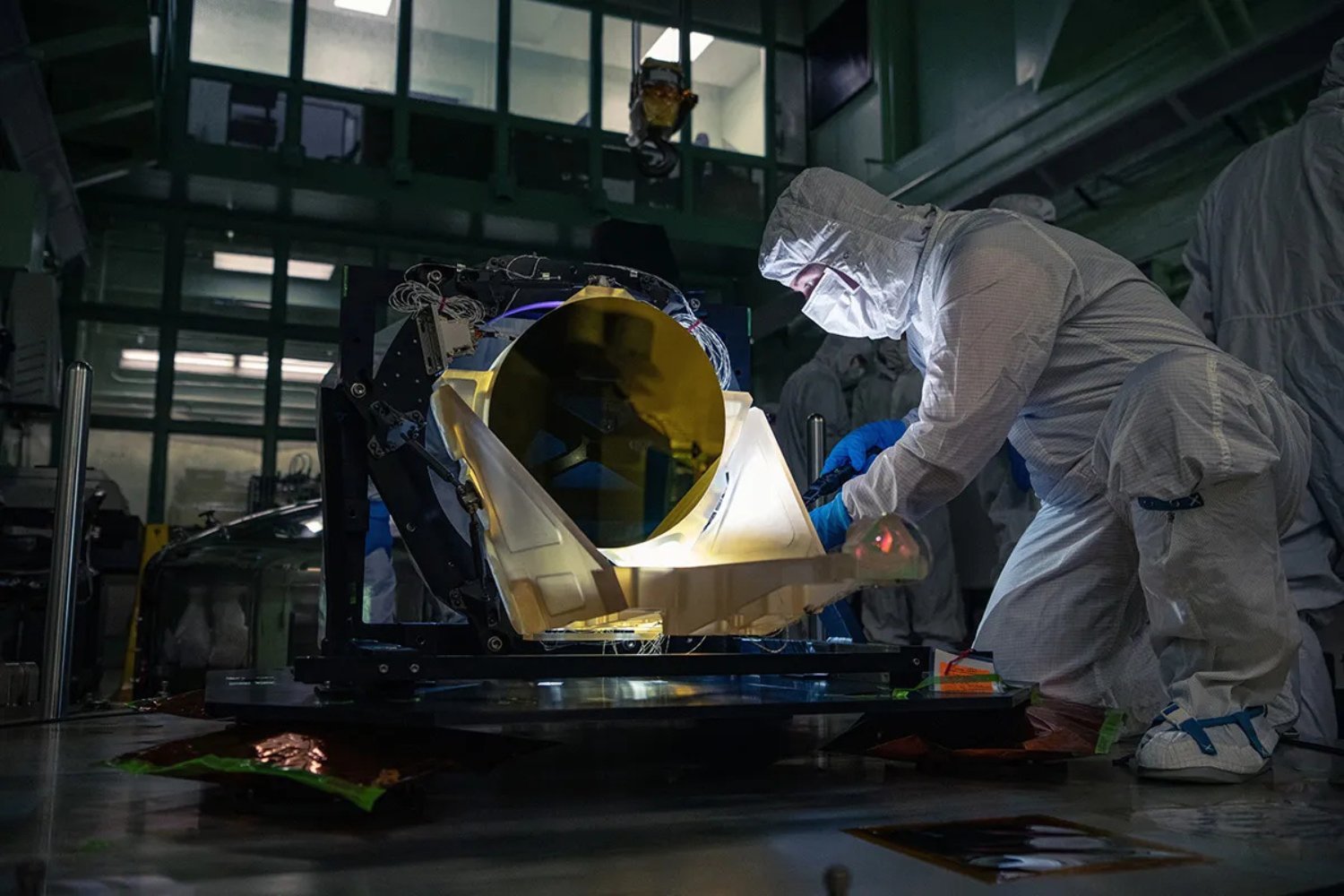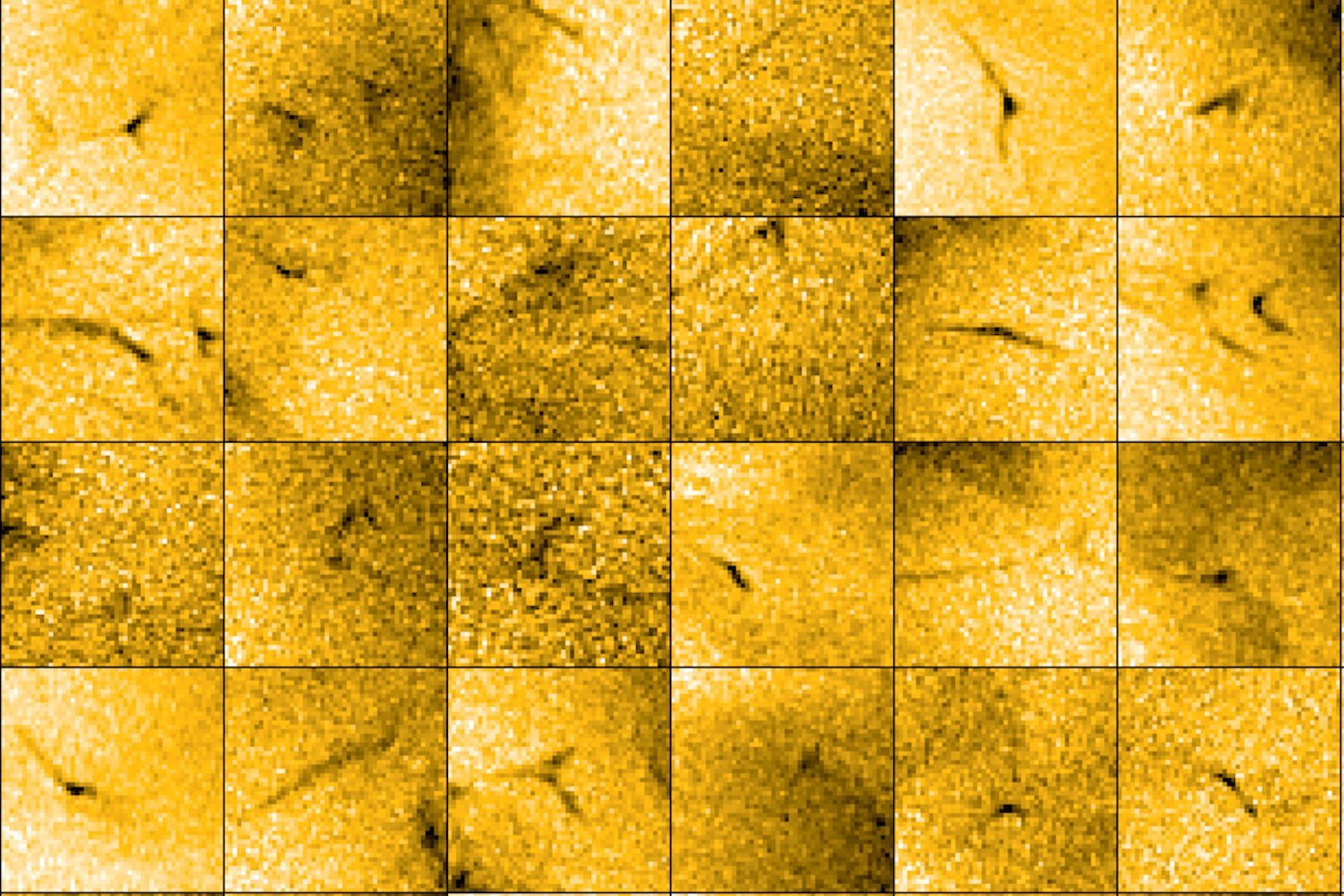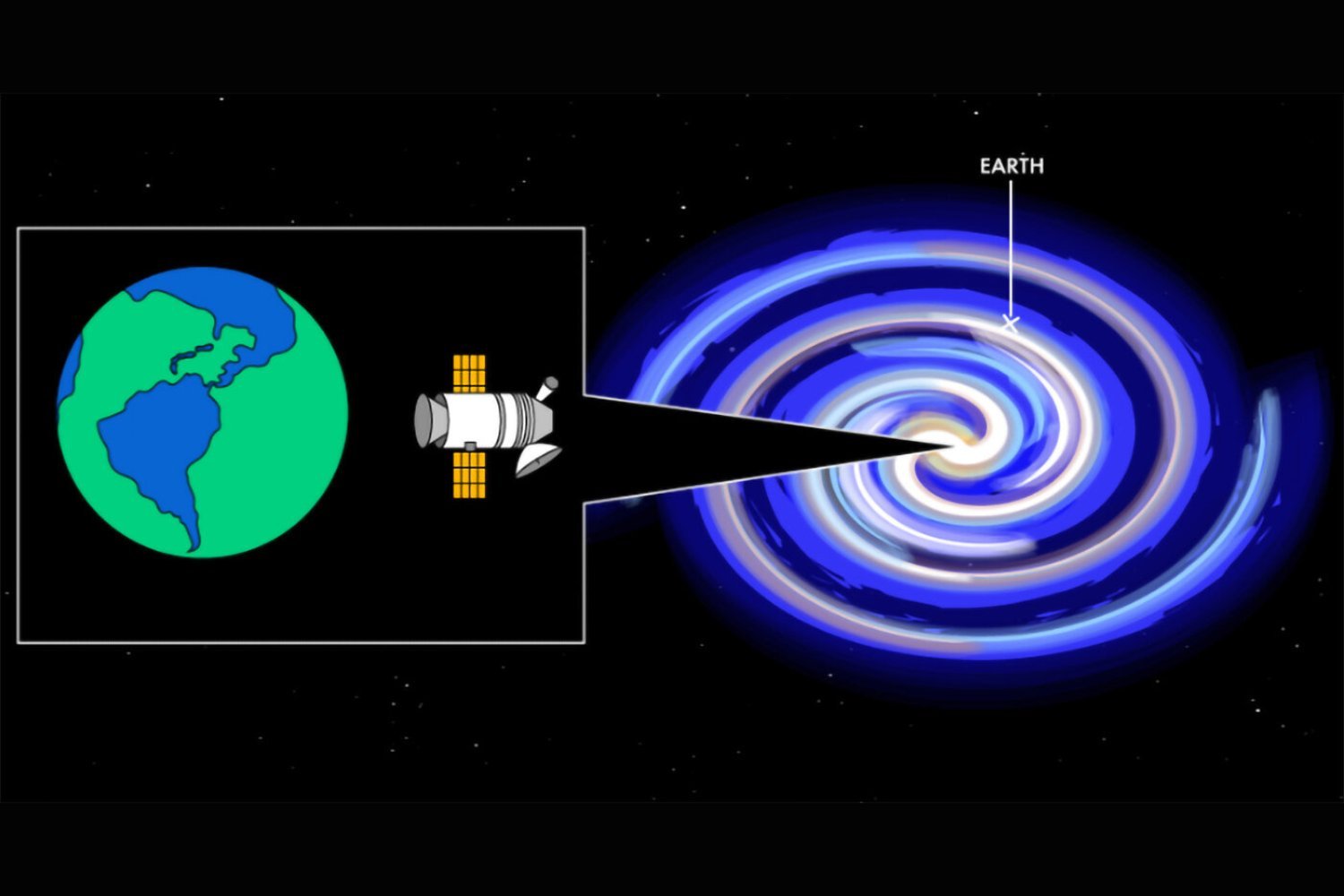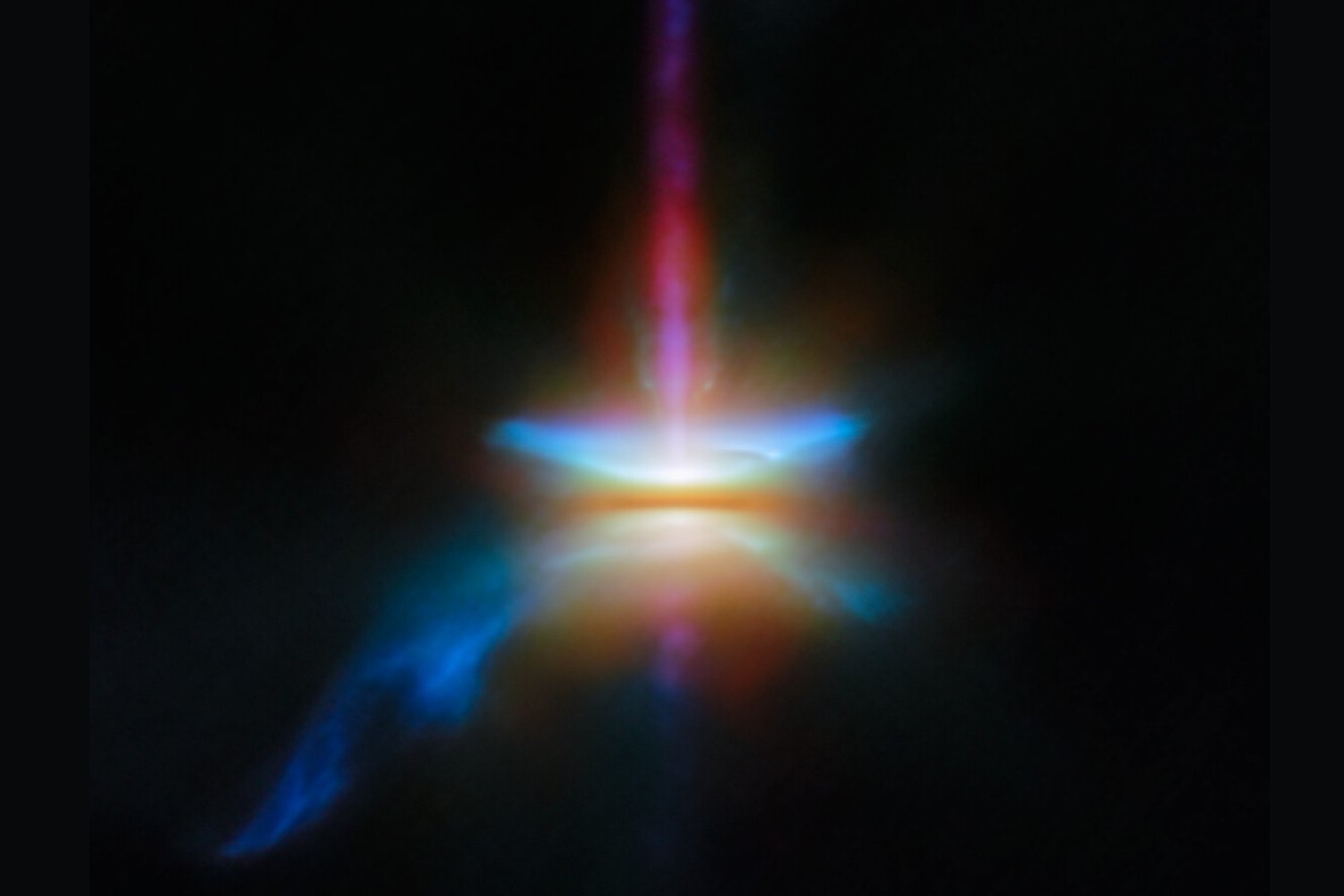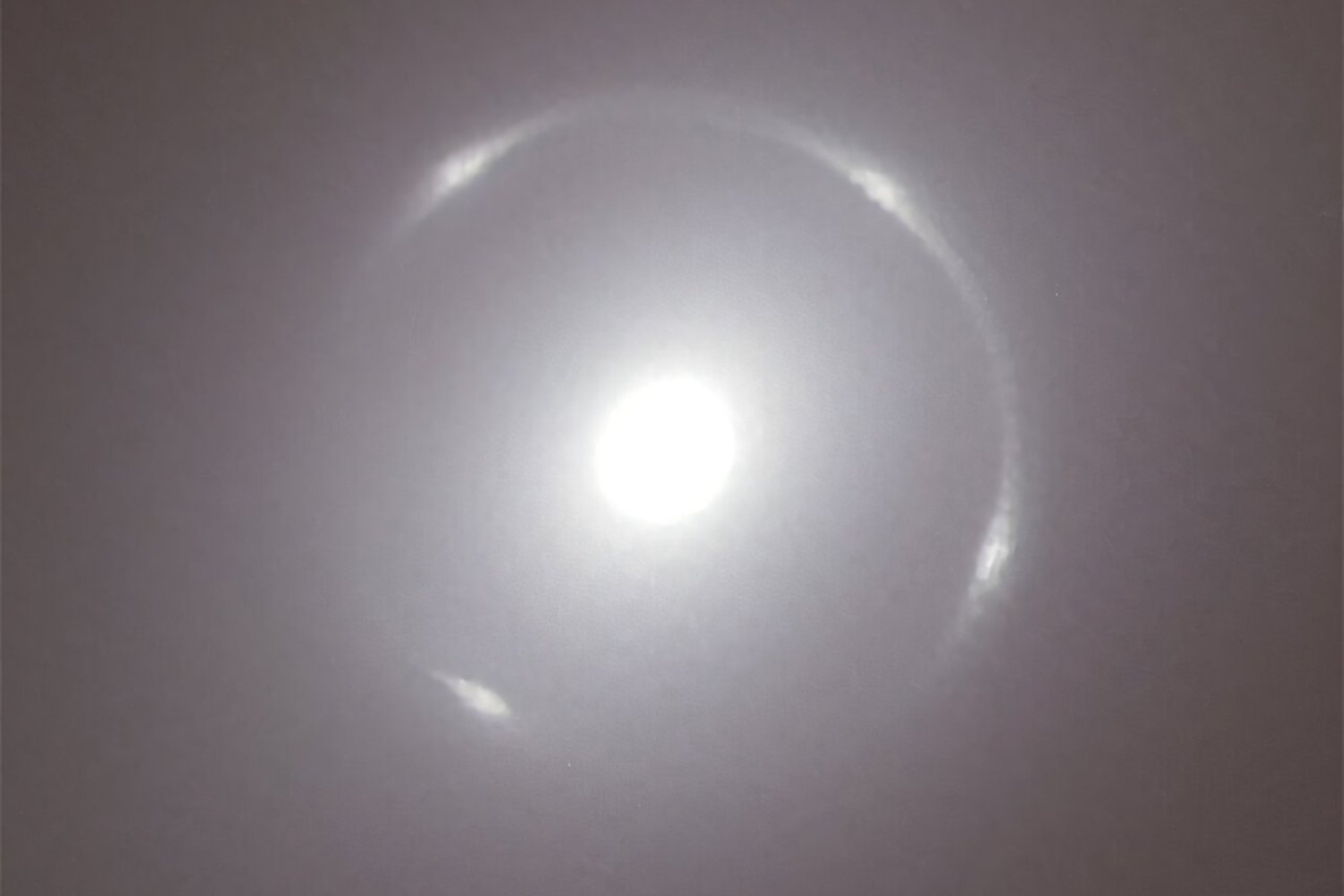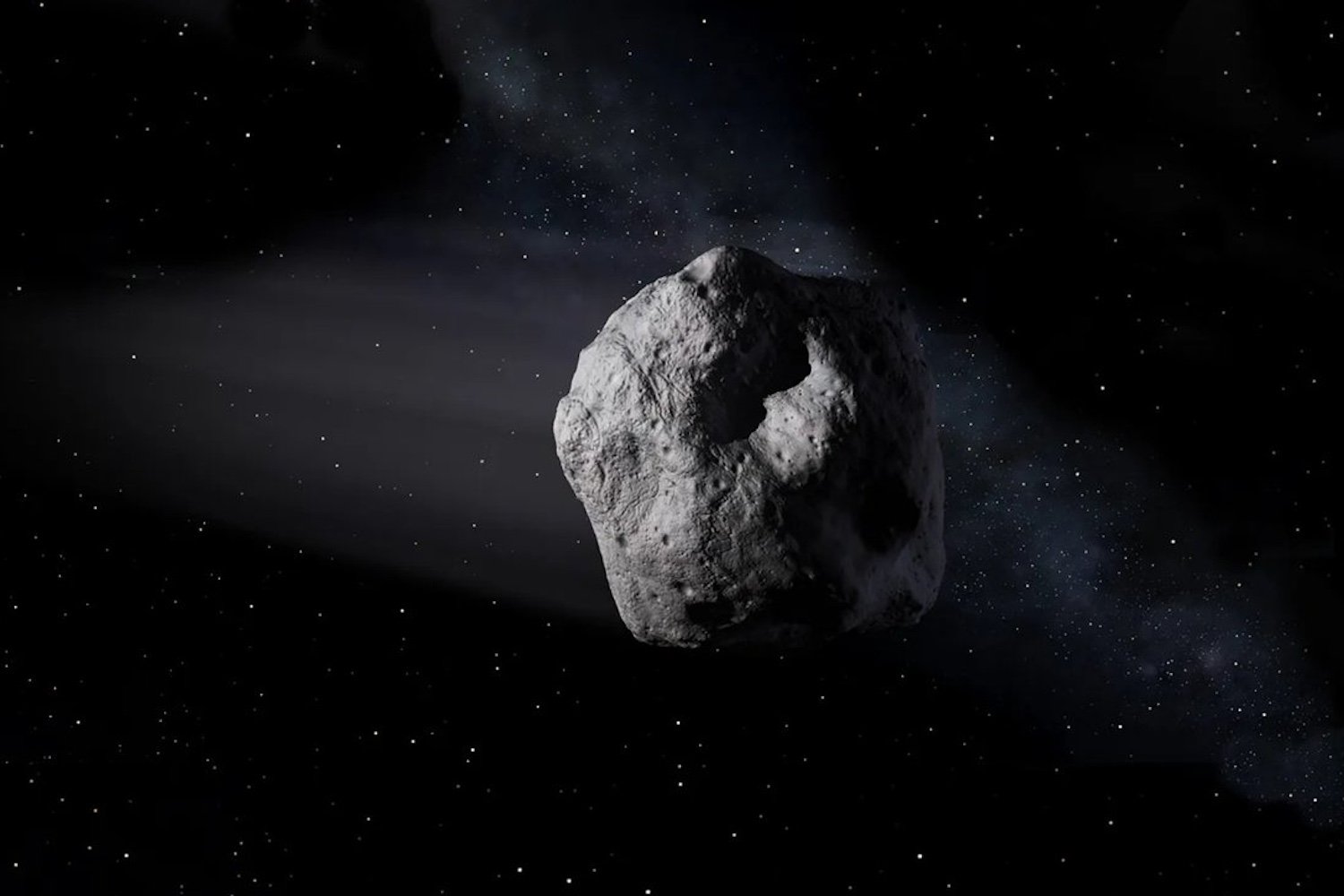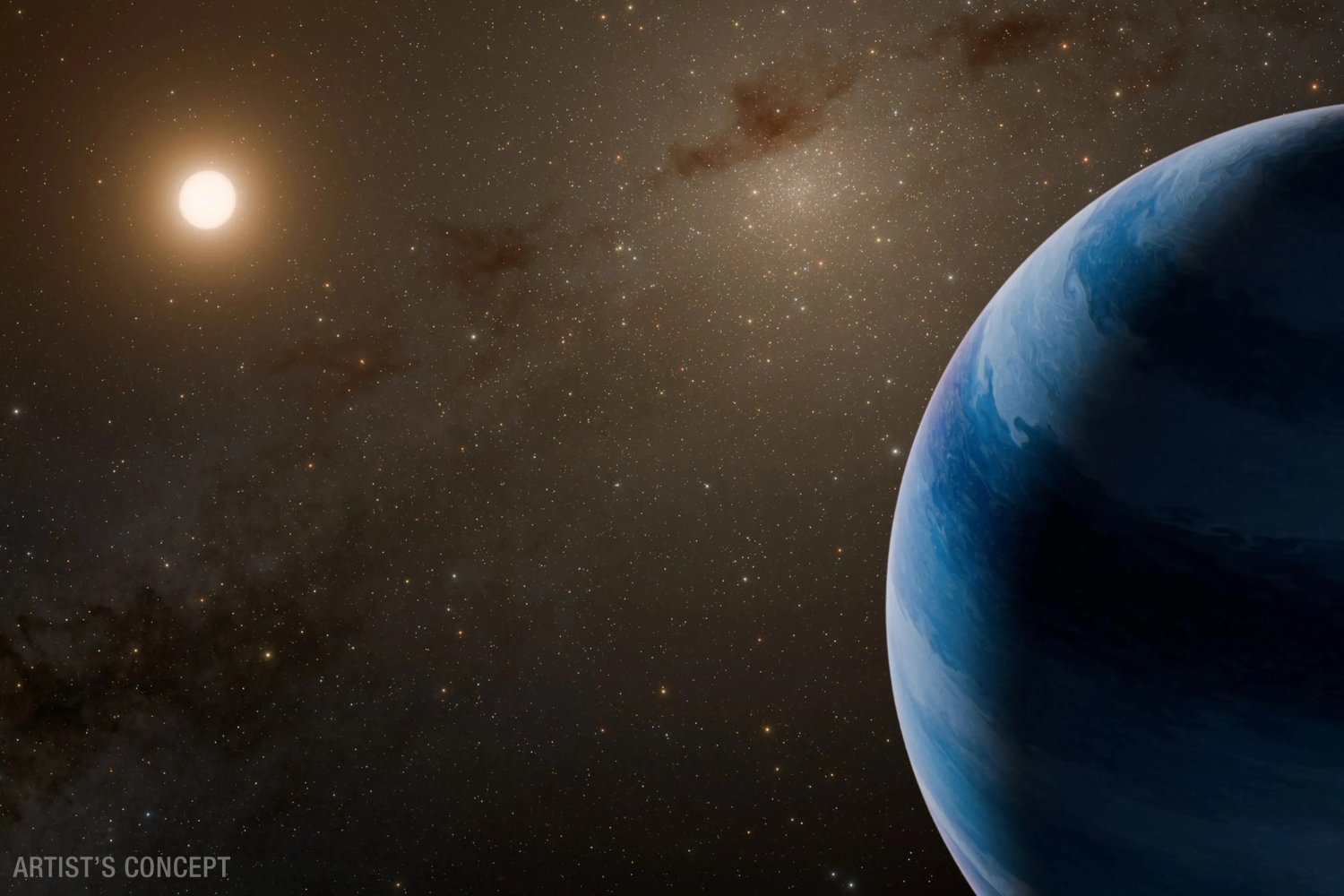In May 2024, Earth experienced the most powerful solar storm in two decades. This event not only disrupted GPS systems and produced stunning auroras, but it also led to the formation of two new, temporary radiation belts around our planet.
This groundbreaking discovery was made by U.S. scientists using data from NASA’s Colorado Inner Radiation Belt Experiment (CIRBE) satellite. The research, published in the Journal of Geophysical Research: Space Physics, details the characteristics of these new belts and their potential impact on space exploration. Understanding these transient radiation belts is critical for safeguarding astronauts and spacecraft from the dangers of energetic particles.
Solar storms, eruptions of energy and particles from the Sun, can have significant effects on Earth. While our planet’s magnetic field shields us from the most harmful effects, solar storms can still interfere with radio communications and power grids. They can also create temporary radiation belts, posing a threat to orbiting spacecraft.
These newly discovered belts formed between the Earth’s permanent Van Allen radiation belts, regions of high-energy particles trapped by the planet’s magnetic field. While temporary belts have been observed before, these new belts exhibit unique properties.
Previous temporary belts were primarily composed of electrons. However, the innermost of the new belts also contains energetic protons, likely due to the intensity and composition of the May 2024 solar storm. Furthermore, these new belts demonstrated unusual longevity. The electron-dominated belt persisted for over three months, and the innermost belt may still exist today, likely due to its location within a more stable region of Earth’s magnetic field. Previous temporary belts typically dissipated within a few weeks.
The CIRBE satellite played a vital role in this discovery. The small, shoebox-sized spacecraft, launched in April 2023, experienced a period of inactivity, missing the initial solar storm. However, its unexpected reactivation in June allowed scientists to gather crucial data, revealing the new electron belt not detected by other spacecraft.
Unfortunately, the very solar storm that CIRBE helped to study ultimately led to its demise. The storm disrupted the satellite’s orbit, necessitating its deorbit in October 2024.
The discovery of these new radiation belts underscores the importance of ongoing research into space weather and its impact on Earth’s near-space environment. These findings will contribute to developing strategies for protecting astronauts and spacecraft from the hazards of radiation in space, ensuring the safety and success of future missions.



